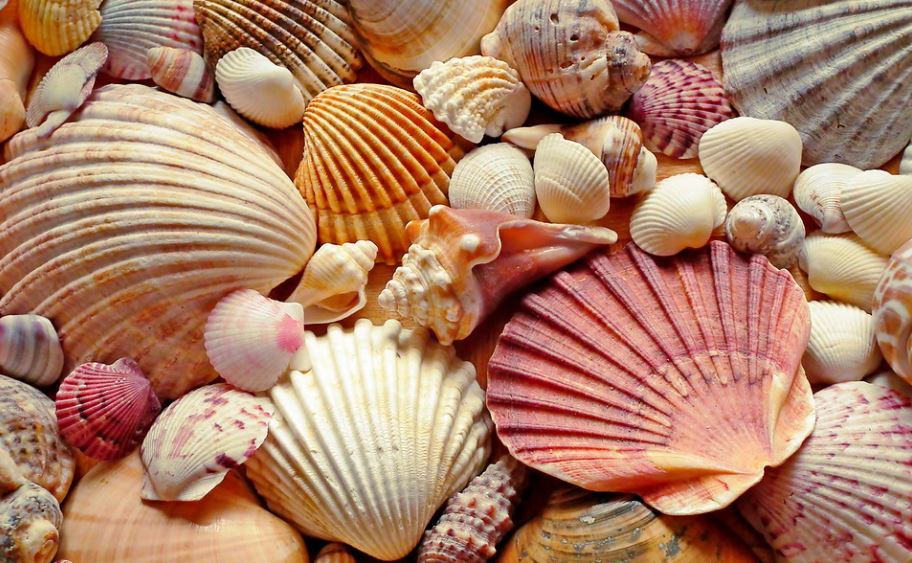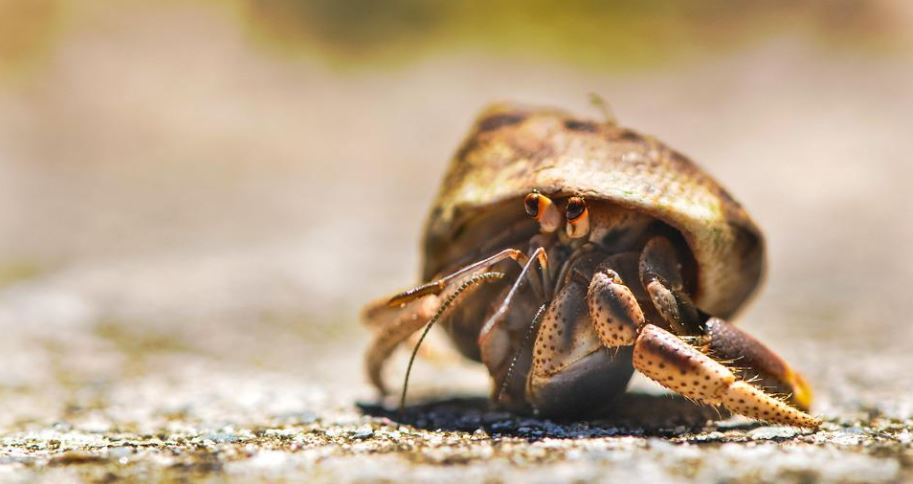Most people can recognize a seashell at a glance, but not everyone knows what it is or where it came from. Seashells have a distinctive shape that makes them excellent noise amplifiers for ambient noises such as air. When you hold a shell up to an ear, the sound you hear is air moving through the shell, greatly amplified.
Many of us have stopped on our way to the beach to appreciate a particularly lovely seashell. Most have even collected a unique shell from a memorable beach trip as a keepsake; doing so is among the fun activities to do at the beach.
There’s no disputing that seashells are exquisitely beautiful, and the fact that they were created by nature only adds to their allure. But the seashell has more to it than meets the eye.
We collected interesting facts that are all bout seashells you may not be aware of.
Seashells Are Mobile Homes
A seashell is not a living being. It serves as a mobile home for a wide range of animals. Mollusks are the animals that normally inhabit these habitats.
However, not all mollusks have a shell. The cephalopod family, including the squid and octopus, does not keep themselves safe in a mobile home. Instead, they use poisonous suction cups or ink to defend themselves.
The fact that all mollusks, whether they have a shell or not, are invertebrates is something they all have in common. This means they lack a strong backbone. Most smaller mollusks, such as sea snails and clams, use seashells to protect themselves from predators.
There is one exception: hermit crabs use seashells as well. They do, however, deviate from the rules slightly.
Most Shells Open to the Right
Although some species have shells that always open to the left or are sinistral, nine out of ten shells are dextral or open to the right. Because of their scarcity, shell collectors go unhinged so much that clandestine trades in fake lefties have flourished over the years.
Though shell collectors adore them, being a sinistral animal has serious consequences: interbreeding with dextral mollusks is practically impossible. Researchers put pairs of right- and left-opening Roman snails in tanks to see what happened when they tried to mate. The slurp of a baby snail’s feet never emerges from mating cubicles, no matter how much the right-left partners are in the mood.
Seashells in the Art World
If you’ve ever heard the rich sound of blown conch shells, you’ll understand why they’re referred to as nature’s trumpets. Natural wind instruments were used for hundreds (if not thousands) of years in Tibet, Japan, and the Caribbean.
Seashells also serve a part in the fashion world: there are many majestic types of seashell jewelry, which are interpreted differently in different cultures worldwide. Maybe you were a part of the puka shell necklace craze in the late 1990s and early 2000s. Shells can be sewn into apparel or used to embellish delicate jewelry boxes and other household items.
A Mollusk Only Has One Shell
Mollusks only make one shell in their lifetime. Their exoskeleton comprises a variety of calcium carbonate and proteins, which become their permanent residence for the rest of their lives.
The amazing thing about shells is that they grow alongside the animal. The shell grows in size and age with the mollusk. It grows a little bigger with each passing day, making more room for the animal inside.
It’s worth noting that very few animals retain their exoskeleton throughout their lives. Most animals lose their exoskeletons as they age. They then make a newer, larger one that fits them better.
Mollusks, as previously stated, stick to the one they began with.
The Patterns on Shells Aren’t Coincidences
According to recent research, the elaborate patterns and colors on shells are not frivolous playthings but rather important registration markers for shell-making that have been subjected to natural selection and have evolved. In other words, mollusks may use the patterns to determine where to place their mantles to continue shell formation. Scientists are still unsure about the pigments used by the mollusks.
How Many Different Kinds of Seashells Are There?
Identification of seashells is a difficult task. This is because there are possibly more than 200,000 mollusks globally, each of which produces a distinct type of shell.
One of the World’s Oldest Shell Collections Was Discovered at Pompeii
The collection was preserved during Mount Vesuvius’s eruption in 79 AD and consisted of shells from distant seas, possibly as far as the Red Sea, that appears to have been stored for the simple fact that they looked pretty.
Hermit Crabs Are an Exception to Seashell Facts
Hermit crabs are the only exceptions. They are crustaceans, not mollusks. Despite this, they also use seashells.
They do not, however, make their shell. Instead, they wait for mollusks to die before occupying the empty shells. They’ll also use a broad range of seashells as long as they can fit in it and carry it around with them.
This is also not a new practice. Hermit crabs have been around for millions of years and have always utilized other animal shells to protect themselves from predators. The oldest hermit crab is known to use a shell (an ammonite shell) that dates back 130 million years.
People Used Seashells as Currency
Money has always been a universal need, dating back to the dawn of time. When bartering became obsolete, trade began to use precious and rare metals such as silver or gold as currency. On the other hand, cowry shells were a lucrative form of money.
Cowry shells were used as currency in India, China, and even the Arabian Peninsula. Cowry shells are still used as currency in Papua New Guinea. However, they now only use it as a nostalgic artifact to honor their old customs.
Shells were excellent forms of currency for two main reasons: uniform shells of excellent quality were difficult to come by, and these shells were long-lasting. Typically, only the well-established and wealthy nobles could use shells as money regularly.
That Shell You Bought While on Vacation Wasn’t Found on a Beach
Many shells are left behind from mollusks that died of disease, old age, predation, or other causes, but they don’t last long. Your gleaming shell was most likely taken from a living creature; it was collected and killed, and its shell was removed and sold to the shell trade so that you could eventually buy it. Nobody knows how many shells are traded every year, but it’s estimated that around 5000 mollusk species are targeted.




